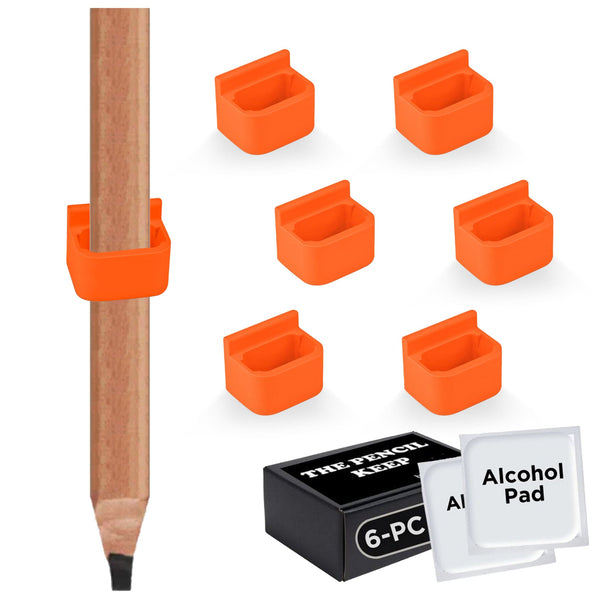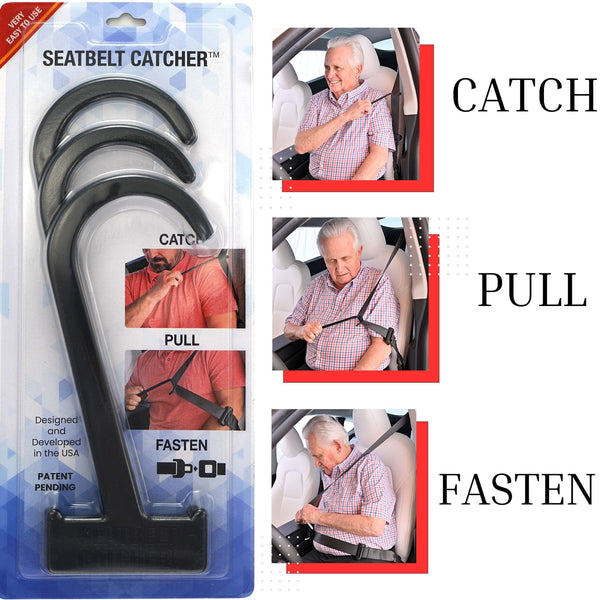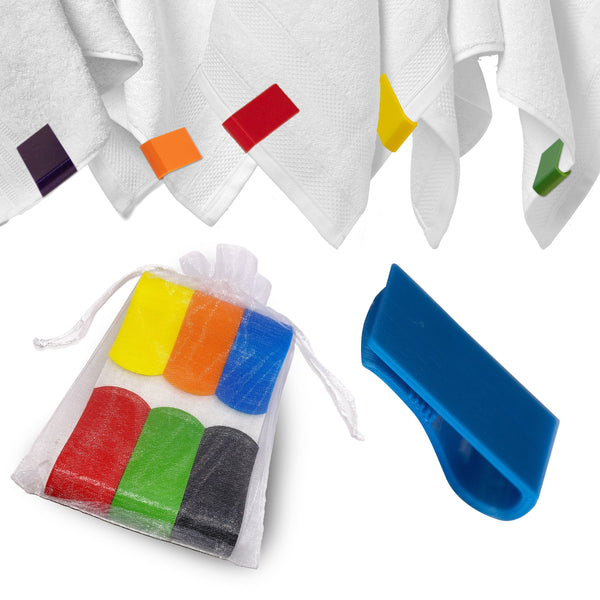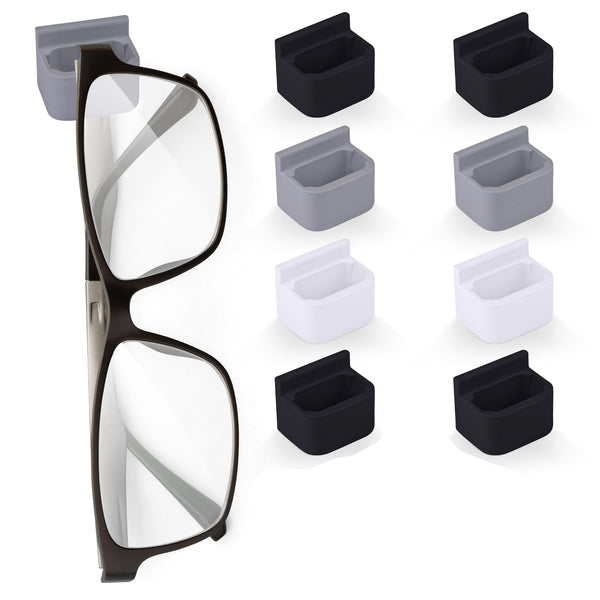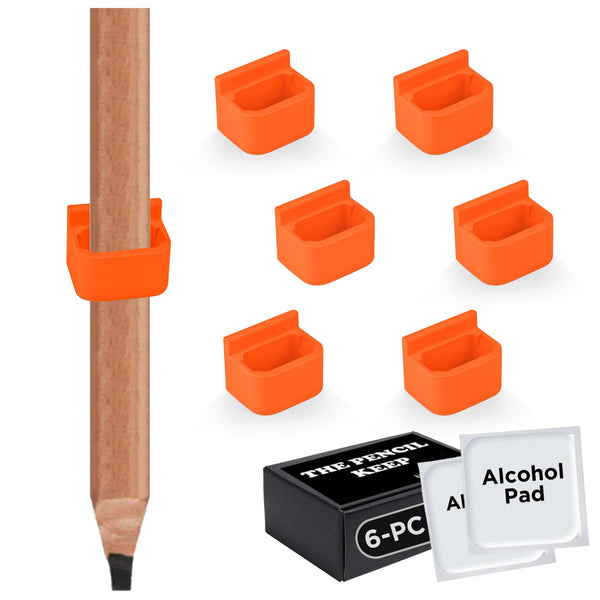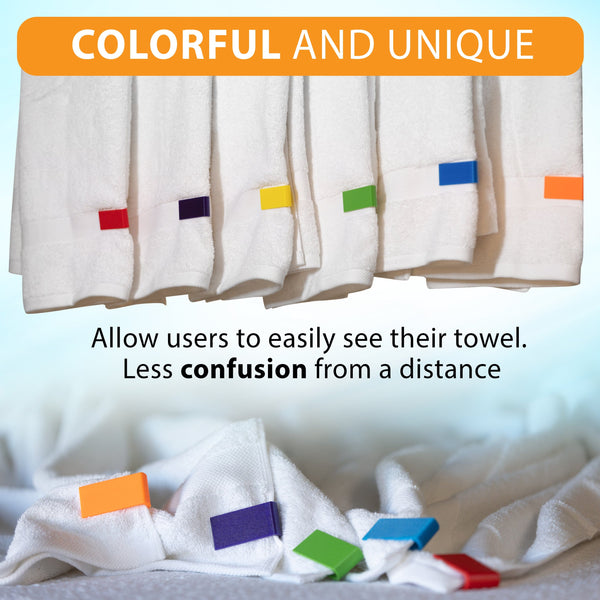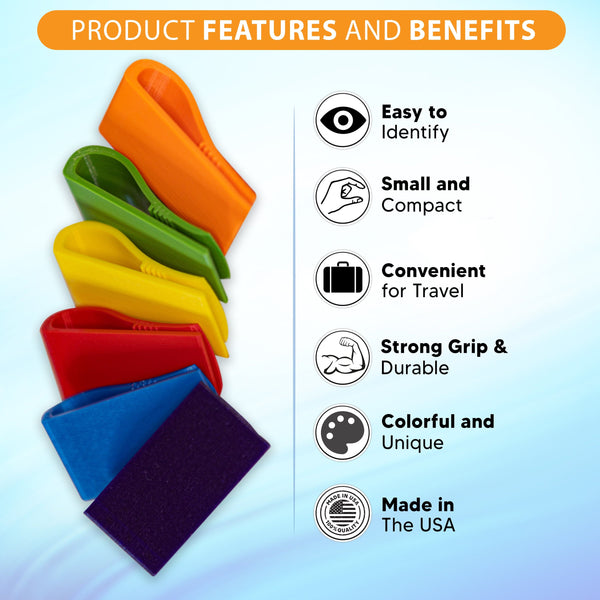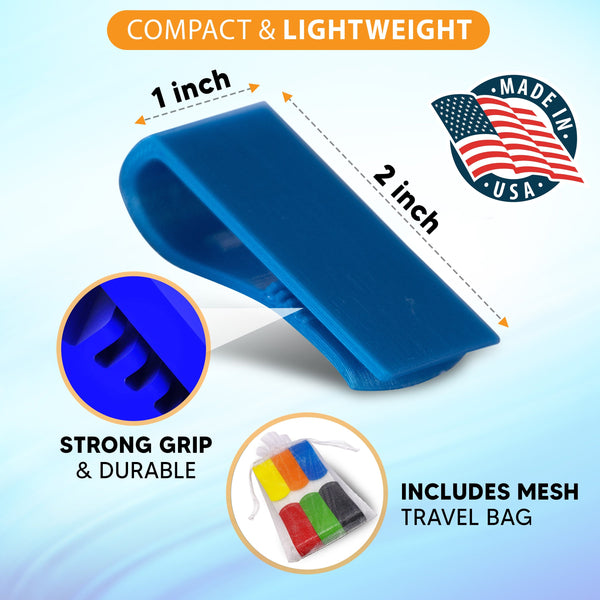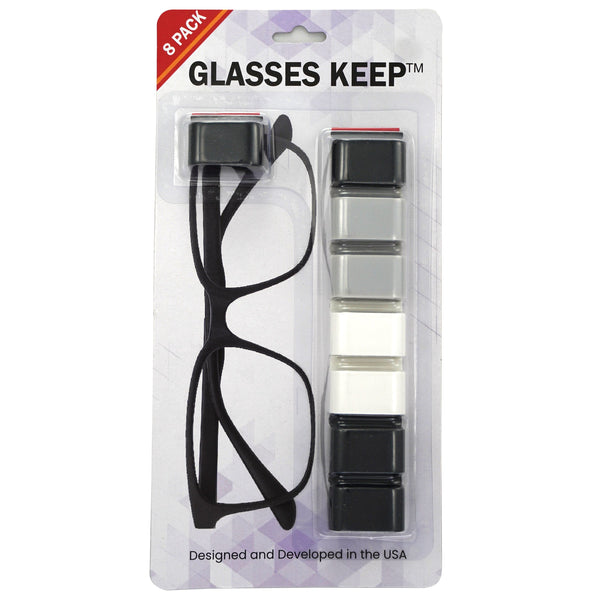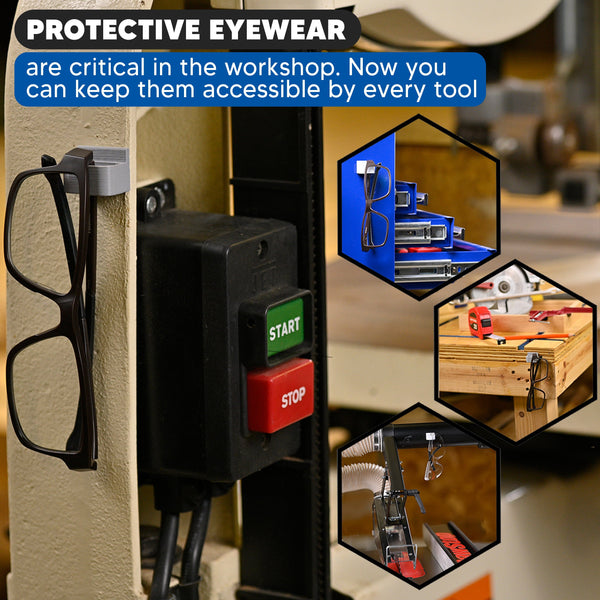If you’ve ever experienced shoulder pain while driving, you know it can turn what should be a simple task into a serious challenge. Whether it’s a long road trip or just a quick jaunt to the grocery store, discomfort can make you tense and distracted. But fear not, my fellow drivers! We’re here to explore effective shoulder pain management techniques and tools that can help you stay comfortable behind the wheel. Let’s dive in!
Understanding Shoulder Pain in Drivers
Shoulder pain can stem from a variety of issues, including poor posture, repetitive movements, or even previous injuries. For instance, if you’ve spent countless hours hunched over a desk or lifting heavy objects, you may already have tightness in your shoulders when you hit the road. When you're hunched over the steering wheel or constantly adjusting your posture during a drive, it can exacerbate those issues. The problem is even more pronounced for those with existing conditions like arthritis or rotator cuff injuries. The last thing you want, however, is to avoid driving altogether because of discomfort. Instead, let’s look at some strategies to manage that shoulder pain while still getting you to your destination.

Creating a Comfortable Driving Environment
A comfortable driving environment can make all the difference when it comes to managing shoulder pain. It’s essential to create a setting that encourages good posture and minimizes strain on your shoulders. Here are some steps you can take to enhance your driving experience:
Adjust Your Seat
Your seat position plays a huge role in how your shoulders react while driving. Sit up straight with your back supported and adjust the seat so you can comfortably reach the pedals without straining. Your arms should be slightly bent at the elbows when holding the steering wheel, and your wrists should rest comfortably on top of the steering wheel, not hanging off. This will help alleviate tension in your shoulders and allow for a smoother drive. Don’t forget to check that your headrest is positioned to support your neck and head. Feeling snug in your seat can often prevent you from shifting around, thereby reducing strain.
Use a Seat Cushion
Many drivers overlook the impact of their seat cushioning. Investing in a supportive seat cushion can provide extra comfort during long drives. Look for cushions that offer lumbar support and good back alignment. These cushions not only help with posture but can also reduce the strain on your shoulders, making shoulder pain management easier. Consider memory foam or gel-based cushions that mold to the shape of your body, reducing pressure points and improving overall comfort.
Keep Your Arms Relaxed
When holding onto the steering wheel, it’s essential to keep your arms relaxed. Tensing up can lead to increased discomfort, so try to maintain a light grip on the wheel. If you find yourself gripping too tightly, take a moment to breathe deeply and loosen your hold. For instance, take a deep breath in, hold for a count of three, and exhale slowly. Incorporating gentle stretches while at red lights or when pulling over can help ease any tension that’s building up. Stretching can be as simple as rolling your shoulders forward and backward or reaching your arms overhead to give your muscles a little shake.

Utilizing the Right Tools
Sometimes, simply adjusting your seat isn’t enough. Let’s look at some handy tools that can assist in shoulder pain management while driving:
Seatbelt Catchers
Now, let's talk about seatbelt catchers. These nifty little tools can be a game-changer for those with shoulder discomfort. Seatbelt catchers aids you in reaching your seatbelt by extending your reach by up to 9", allowing for greater freedom without pain. This means no more pain or strain while you’re preparing to navigate the roads. They’re particularly beneficial for short drivers who may need to pull their seat further up, as it allows for added reach that this seat position requires. They're easy to use and requires no installation. Plus, they come in various colors and designs, so you can find one that matches your car's interior!
Armrests and Supports
Many cars have built-in armrests, but if yours doesn’t, consider investing in portable ones. These can provide crucial support for your arms, reducing the burden on your shoulders during longer drives. An adjustable armrest can allow you to find the right height for comfort, which can prevent overextending your arm. Additionally, you can use a small travel pillow or rolled-up towel to support your arm if you find the armrest lacking. Such supports keep your arms from having to bear the weight of your shoulders, allowing for easier steering and less fatigue.

Massage Tools
Believe it or not, you can find compact massage tools designed specifically for use in the car. These gadgets can help relieve tension in your shoulders during breaks or even while parked. Some drivers swear by handheld massagers, while others prefer massage balls that can be positioned against the seat or back. A simple massage can alleviate soreness and improve circulation, contributing significantly to shoulder pain management. Just a few minutes of light pressure can work wonders for shoulder pain management—so consider keeping one of those handy in your glove box for emergencies!
Incorporating Good Habits
Beyond tools and adjustments, establishing good habits can work wonders for shoulder pain management in driving scenarios. Here are some helpful tips:
Take Frequent Breaks
If you’re embarking on a long drive, be sure to schedule regular breaks. Even a quick pause every hour—getting out to walk around and stretch—can help you shake off that stiffness. During these breaks, take the time to roll your shoulders, extend your arms, and shift your posture. You might even want to perform a few shoulder stretches to release any tension that has built up. If you have a passenger with you, consider doing some light stretches together; it makes the break a bit more fun!
Gentle Stretching
Adding a few stretches to your routine can prove beneficial. Focus on shoulder stretches that loosen up the neck and upper back. Try simple movements like shoulder rolls, neck tilts, or even bringing your arms across your body. Stretching not only helps relieve tight muscles but may improve your range of motion—allowing you to drive more comfortably. It’s also a great way to reduce stress, making your journey all the more enjoyable. Doing these stretches before and after driving can promote better movement and lessen discomfort.
Stay Hydrated
Drinking plenty of water before and during your drive is crucial. Dehydration can lead to muscle cramps and increased tension, contributing to discomfort in your shoulders and upper back. Keeping your muscles well-hydrated may help in your overall shoulder pain management strategy. So, keep a bottle of water handy; it’s a small change that can make a significant difference.
The Importance of Posture Awareness
Your posture while driving can significantly affect shoulder pain. Slouching or leaning into the wheel puts unnecessary pressure on your shoulders and neck. To counter this, maintain an upright posture with your shoulders relaxed and back. Imagine there’s a string pulling the top of your head toward the ceiling. This little tip can help keep you aligned and reduce muscle strain when combined with all the other strategies discussed.
It’s also helpful to check your driving posture occasionally during long trips. You might settle into a position that feels okay, but after a while, it can start to hurt. Taking a moment to reset your position can go a long way!

Consulting with Professionals
If you find that shoulder pain persists despite your best efforts, consider reaching out to healthcare professionals. Physical therapists, for instance, can guide you through exercises tailored to strengthen the muscles around your shoulders. They may suggest modifications to your driving habits or recommend specific ergonomic tools to help you stay comfortable in the car.
Additionally, consider speaking with your doctor or a chiropractor. They may offer treatments such as adjustments, massage therapy, or even acupuncture—options to explore if your shoulder pain is affecting your overall quality of life. Sometimes, just a little professional insight can help you find the relief you need.
Feedback and Adjustments
After you've made some of these changes, take the time to reflect on your driving experience. Did you notice any reduction in shoulder discomfort? Did you find particular tools or strategies that worked better for you than others? Keeping track of what helps and what doesn’t can guide you in adjusting your approach for future drives. You can even keep a small notebook in the car or use a notes app on your phone to jot down your observations.
Final Thoughts on Shoulder Pain Management
Driving with shoulder pain doesn’t have to be a losing battle. By creating a comfortable environment, utilizing helpful tools such as seatbelt catchers, and incorporating good habits, you can manage your discomfort effectively. Your comfort matters on the road, and finding the right strategies can lead to a more enjoyable driving experience.
So remember: Take breaks, stretch, and pay attention to your posture. Experiment with those nifty shoulder pain management tools available on the market. With a little bit of effort and some tailored adjustments, you’ll be cruising down the road in comfort in no time. Happy driving, and may your journeys be full of comfort, ease, and joy!
